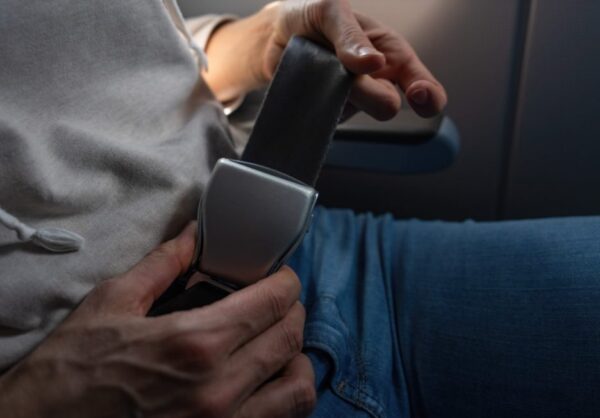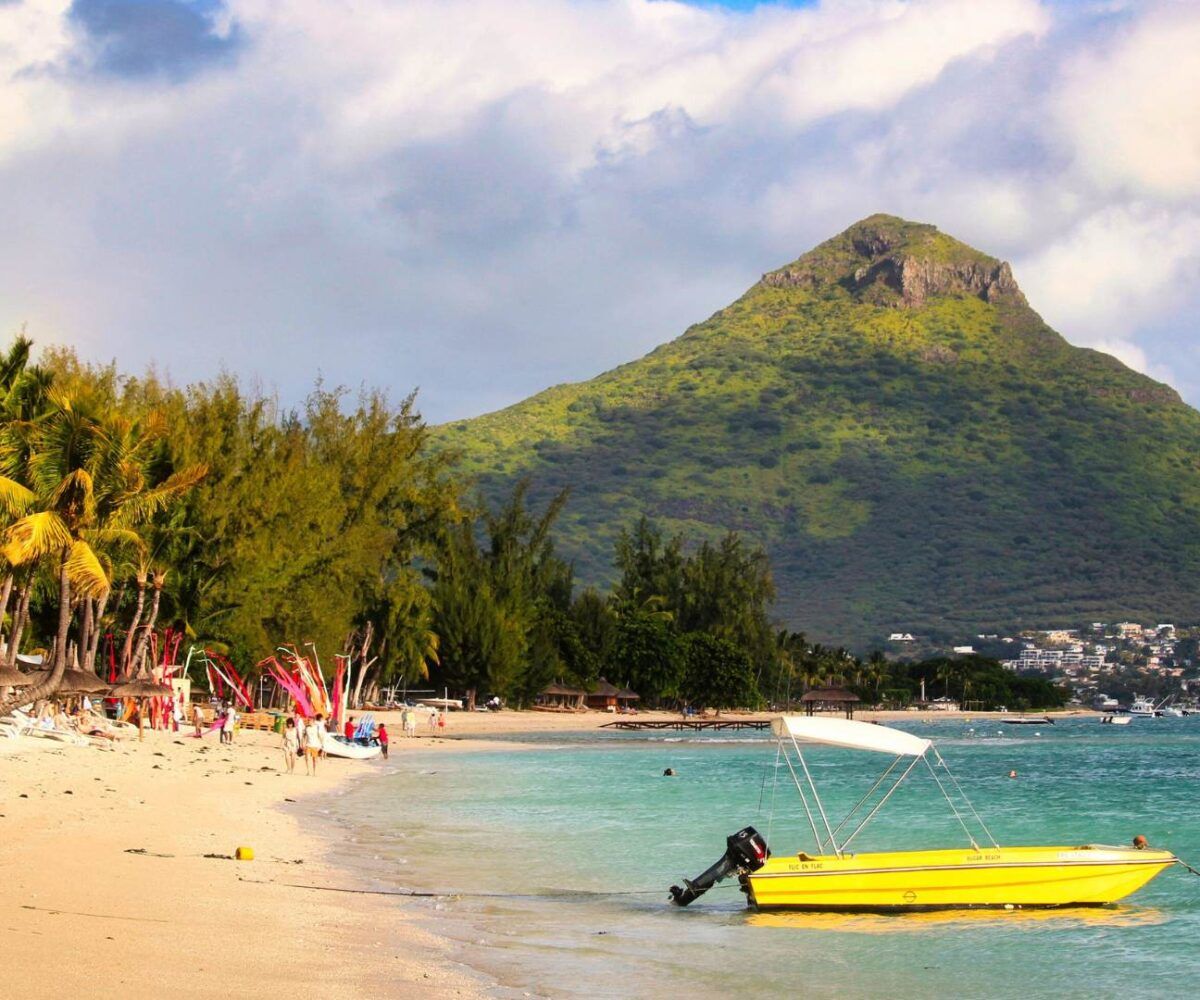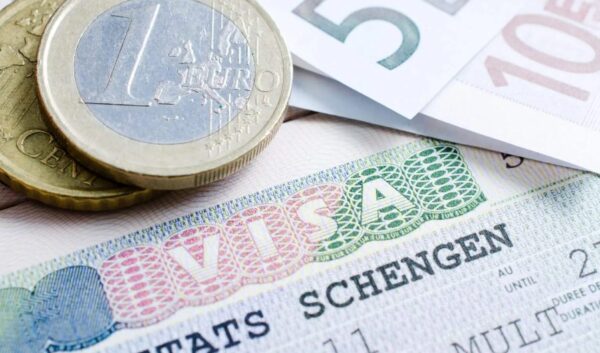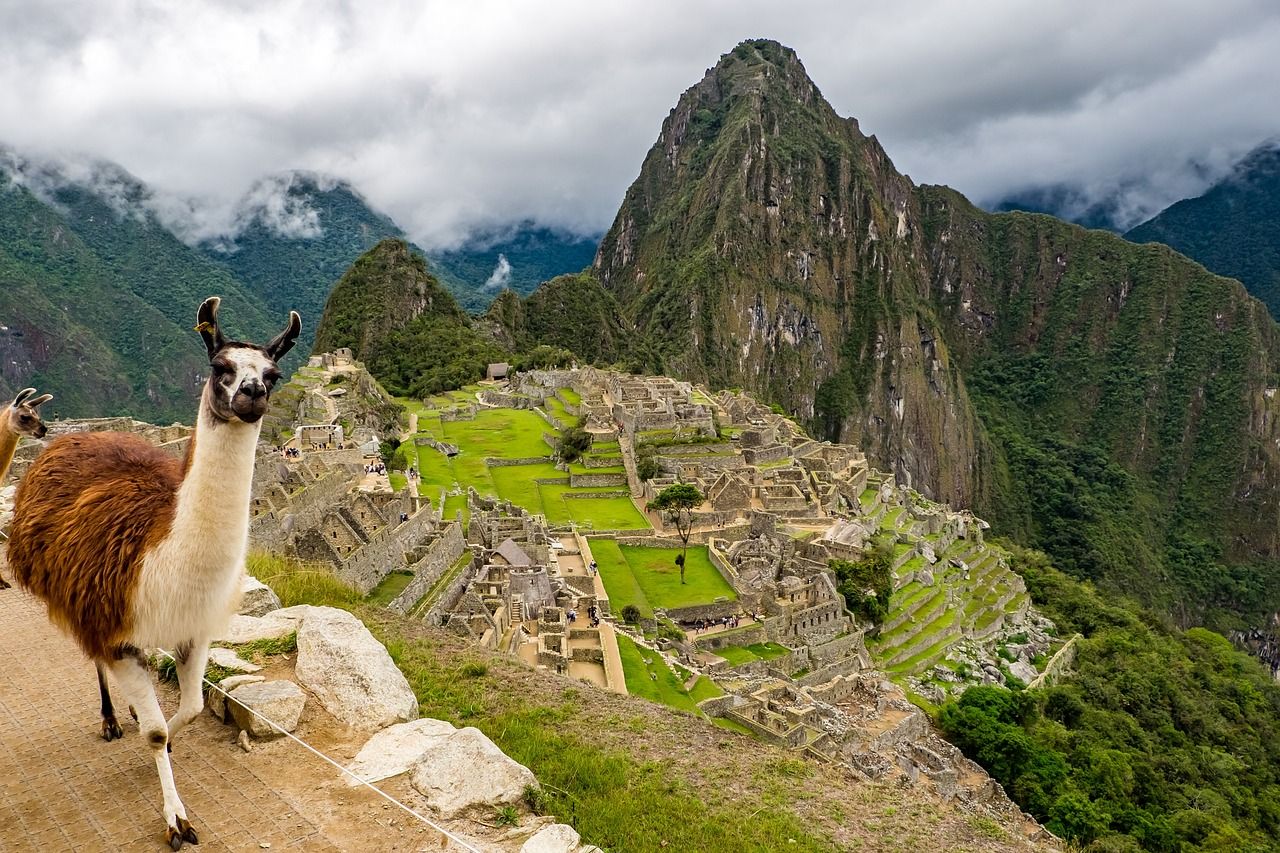Turbulence is an irregular motion of the air resulting from eddies and vertical currents, which causes the aircraft to shake.
But while severe turbulence can be dangerous, it’s incredibly rare. Regardless of whether you’re a nervous flier or not, even mild turbulence can be an unsettling mid-flight experience.
One minute you’re cruising along smoothly, and the next things start to get bumpy.
Curious? Here are seven of the most turbulent flight routes in the world, known for their challenging conditions due to geography, weather patterns, and air currents:
1. Denver to London (Transatlantic route)
The flight path from Denver to London crosses the jet stream, which is a high-altitude air current that can cause turbulence. The region around the Rocky Mountains also contributes to unstable air, as the mountains create shifting winds and updrafts, adding to the bumpy experience.
2. New York to London (Transatlantic route)
This transatlantic flight also faces turbulence due to the jet stream and the unpredictable weather systems crossing the Atlantic. Passengers can experience rough air over the North Atlantic, particularly when storms and low-pressure systems are active.
3. São Paulo to Buenos Aires (South American route)
This flight path experiences turbulence due to the combination of the Andes mountains and frequent thunderstorms in the region. As the plane crosses over these mountains, strong air currents cause shifts that can result in significant turbulence.
4. Singapore to Sydney (Southeast Asia to Australia)
This route crosses areas prone to tropical storms and monsoon weather systems, particularly around the equator and over the Coral Sea. The mix of warm, moist air and thunderstorms can lead to bumpy conditions during the flight.
5. Tokyo to San Francisco (Pacific route)
This route crosses the Pacific Ocean, where the air currents can be affected by changing weather systems, including the famous “Pacific storm alley.” Strong winds and storm systems along this route often lead to turbulence.
6. London to Hong Kong (Asia-Europe route)
Flying over the Himalayas can make this route turbulent, especially during the winter months when winds can be more intense. Additionally, the flight passes over regions with frequent weather disturbances that can result in choppy air.
7. Rio de Janeiro to Lima (South America route)
This flight crosses areas where air currents are disrupted by the Andes Mountains. As with other mountain ranges, turbulent air is common, especially in the western parts of South America where the altitude changes rapidly.
These routes are known for being turbulent because of factors like mountainous terrain, jet streams, and frequent storm systems. While modern aircraft are designed to handle turbulence, passengers on these routes might encounter occasional bumps.













